Among the many leafy greens that make their way to American dinner tables, Savoy cabbage stands out for its ruffled leaves, tender texture, and mild, slightly sweet flavor. Unlike its denser cousins—the green and red cabbages—Savoy cabbage brings elegance to both presentation and palate. This beautifully crinkled vegetable isn’t just a feast for the eyes; it’s a nutrient-dense, low-calorie superfood loaded with fiber, vitamins, and antioxidants that support a healthy lifestyle.
Whether you’re a home chef experimenting with soups, salads, and stir-fries or someone seeking new ways to eat clean and green, Savoy cabbage deserves a top spot on your grocery list. In this article, we’ll explore everything you need to know about this versatile vegetable—from its health benefits and culinary uses to expert tips on selection, storage, and cooking.
What Is Savoy Cabbage?
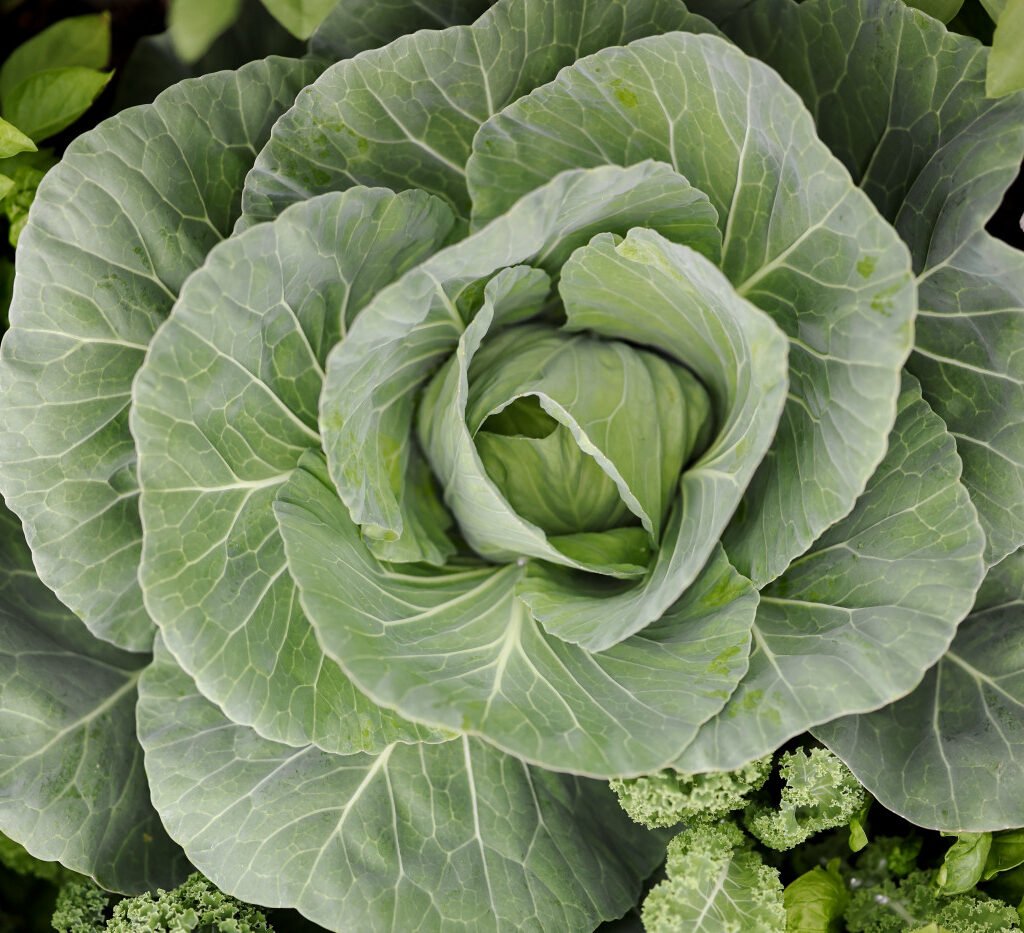
Savoy cabbage (Brassica oleracea var. sabauda) is a winter-hardy variety of cabbage known for its distinctive wrinkled leaves and mild, earthy flavor. Originating from Northern Italy, it thrives in cool climates, making it a staple in European and American kitchens during fall and winter months.
Unlike green or red cabbage, Savoy cabbage leaves are more loosely layered and tender, making them perfect for raw salads or light sautés. Its natural sweetness intensifies when cooked, lending depth to stews, roasts, and even pasta dishes.
In the United States, you’ll find Savoy cabbage in farmers’ markets, organic produce stores, and supermarket chains from late fall through early spring.
Nutritional Benefits of Savoy Cabbage
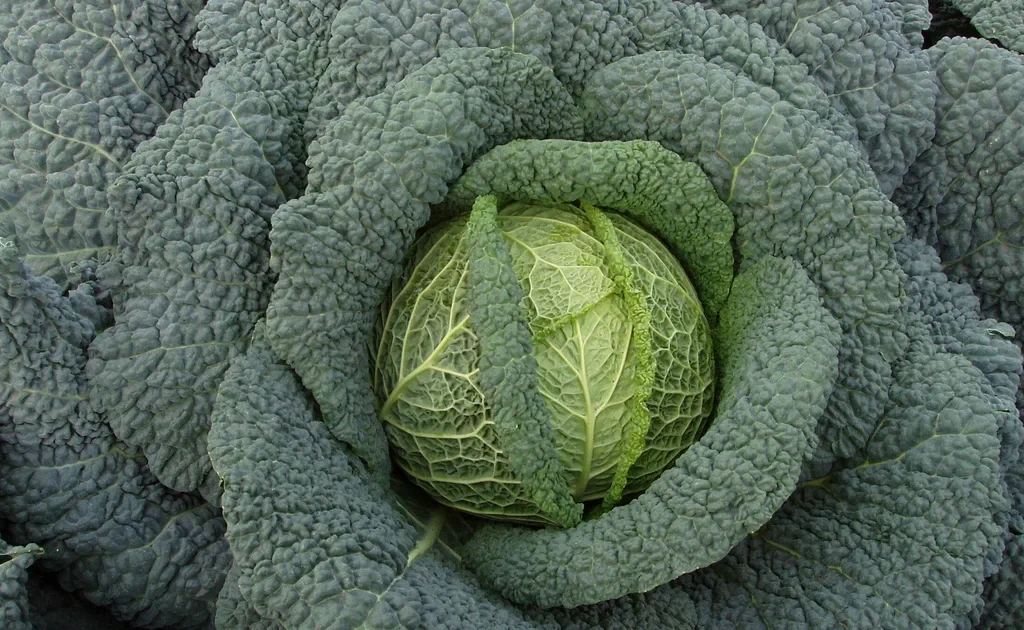
Savoy cabbage isn’t just about flavor—it’s a nutritional powerhouse that supports immunity, digestion, and heart health. Here’s what makes it stand out nutritionally:
1. Low in Calories, High in Nutrients
A single cup of shredded Savoy cabbage contains fewer than 25 calories yet offers impressive amounts of vitamins C, K, and B6, along with manganese, calcium, and folate.
2. Rich in Antioxidants
This leafy green is loaded with polyphenols and carotenoids that fight free radicals, helping reduce inflammation and protect cells from oxidative stress.
3. Supports Digestive Health
Thanks to its high fiber content, Savoy cabbage promotes healthy digestion and gut balance, helping prevent constipation and aiding nutrient absorption.
4. Boosts Immunity
The vitamin C content in Savoy cabbage strengthens immune defense, making it especially beneficial during cold and flu season.
5. Heart-Friendly Food
Savoy cabbage contains compounds like anthocyanins and sulforaphane that may lower blood pressure and reduce bad cholesterol levels, promoting better cardiovascular health.
6. May Help with Weight Management
Low in calories but rich in fiber and hydration, this vegetable helps you feel full longer, making it an excellent addition to weight-loss-friendly diets.
Savoy Cabbage vs. Other Cabbages
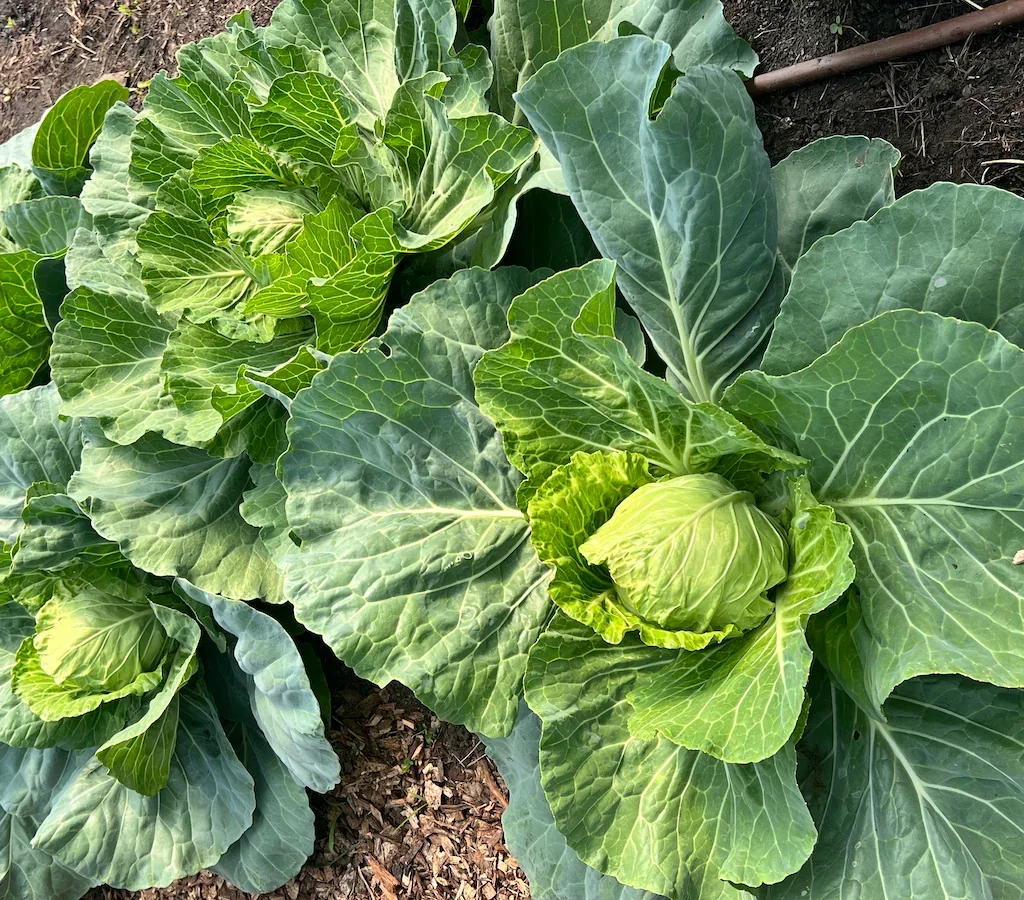
It’s easy to confuse Savoy cabbage with other types, so here’s how it compares:
| Type | Appearance | Texture | Flavor | Best Uses |
|---|---|---|---|---|
| Green Cabbage | Smooth, light green | Crisp, dense | Mild, slightly peppery | Coleslaw, stir-fry, soups |
| Red Cabbage | Deep purple-red | Crunchy | Earthy, slightly bitter | Slaws, pickles, salads |
| Savoy Cabbage | Crinkled, dark green | Tender, delicate | Sweet, mild | Wraps, sautés, soups |
| Napa Cabbage | Pale yellow-green | Soft, juicy | Mild, slightly nutty | Kimchi, stir-fry, stews |
Savoy cabbage’s delicate leaves and subtle flavor make it the most versatile of the bunch—perfect for recipes where you want tenderness without bitterness.
Delicious Ways to Cook with Savoy Cabbage
Savoy cabbage can elevate your meals with texture, color, and nutrition. Here are some of the best ways to enjoy it in your American kitchen:
1. Sautéed Savoy Cabbage with Garlic and Olive Oil
For a quick and healthy side, sauté thinly sliced cabbage in olive oil with minced garlic and a sprinkle of sea salt. Add a splash of lemon juice or balsamic vinegar for a zesty finish.
2. Savoy Cabbage Rolls
Use the tender, flexible leaves to wrap a filling of ground turkey, rice, and herbs. Simmer the rolls in a tomato-based sauce for a comforting, protein-packed dinner.
3. Savoy Cabbage Soup
Perfect for chilly days, this soup combines cabbage, carrots, onions, and broth for a warm and nutrient-rich meal. Add lentils or beans for extra protein.
4. Stir-Fried Savoy Cabbage with Soy and Sesame
An easy Asian-inspired side dish that pairs beautifully with rice or noodles. Toss cabbage in sesame oil, soy sauce, and a sprinkle of chili flakes for a burst of umami flavor.
5. Savoy Cabbage Slaw
Make a fresh and crunchy slaw using shredded Savoy cabbage, carrots, apples, and a light yogurt or vinaigrette dressing—a modern twist on classic coleslaw.
6. Roasted Savoy Cabbage Wedges
Roast thick wedges brushed with olive oil and sprinkled with smoked paprika until caramelized. The result? Crispy edges with a soft, buttery interior.
Tips for Buying and Storing Savoy Cabbage
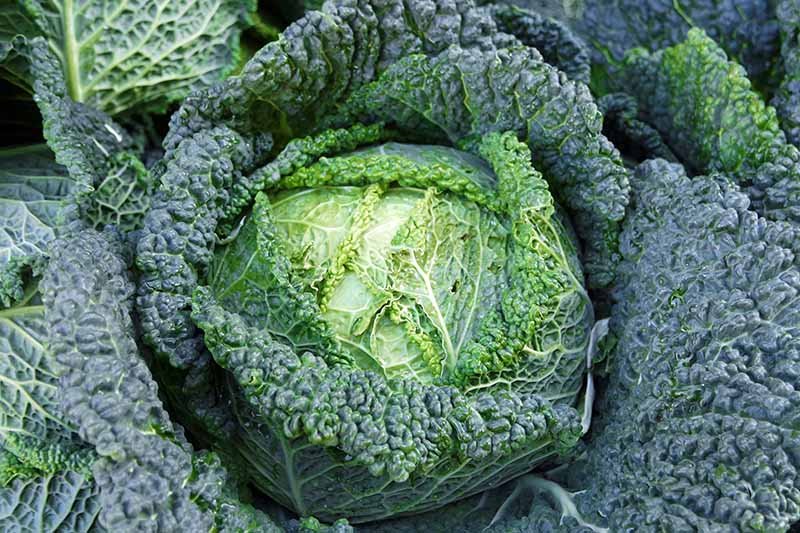
To get the best out of your Savoy cabbage, follow these practical shopping and storage tips:
- Choosing the Best Head: Look for firm, compact heads with bright green, unblemished leaves. Avoid any that appear wilted or slimy.
- Storage: Keep unwashed cabbage in a perforated plastic bag in the refrigerator’s crisper drawer. It stays fresh for up to two weeks.
- Preparation Tip: Before cooking, remove the tough outer leaves and rinse under cold water to remove dirt trapped between the crinkles.
- Freezing Tip: Blanch chopped cabbage for 2–3 minutes, then cool and freeze in airtight containers for use in soups and stir-fries later.
Growing Savoy Cabbage at Home
If you love gardening, Savoy cabbage is a rewarding crop to grow. It thrives in cool climates and can be harvested well into the winter months.
Here’s how to get started:
- Planting: Sow seeds indoors 6–8 weeks before the last frost, then transplant seedlings outdoors.
- Soil: Use well-drained, fertile soil rich in organic matter.
- Watering: Keep the soil consistently moist but not waterlogged.
- Sunlight: Savoy cabbage needs full sun (6+ hours daily).
- Harvesting: Heads are ready in 80–90 days when they feel firm and full.
Fun Fact: Savoy Cabbage in American Cuisine
While Savoy cabbage has European roots, it’s becoming increasingly popular in modern American cooking—especially among chefs focused on seasonal, farm-to-table ingredients. It’s commonly featured in winter menus at high-end restaurants for its visual appeal and ability to absorb sauces and flavors beautifully.
In home kitchens, it’s loved for its adaptability—from healthy wraps and tacos to casseroles and stir-fries, Savoy cabbage adds both nutrition and style to everyday meals.
Health-Conscious Americans Are Embracing Savoy Cabbage
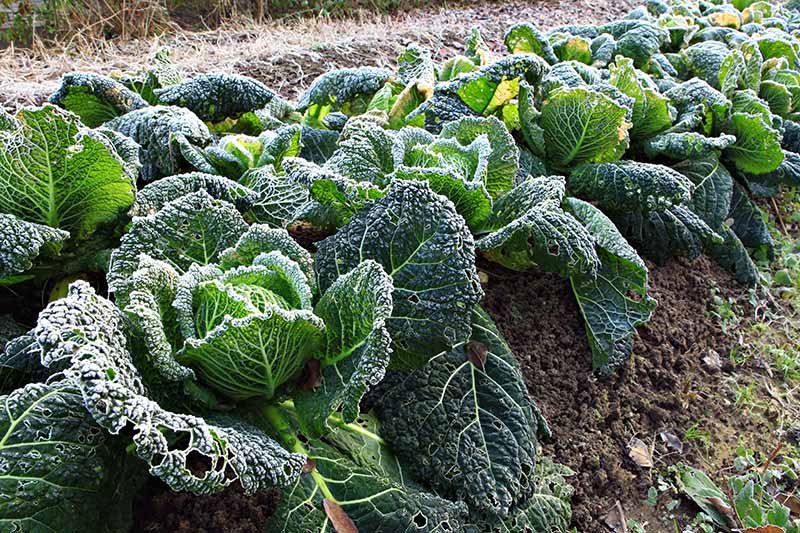
In recent years, the demand for clean eating and nutrient-rich vegetables has boosted Savoy cabbage’s popularity in the United States. Its versatility allows it to fit seamlessly into vegan, keto, and gluten-free diets.
Dietitians praise it for being a gut-friendly, heart-healthy, and detoxifying vegetable. Adding it to your diet a few times a week can help improve digestion, balance cholesterol, and support weight management—all while enhancing your meals with flavor and texture.
Conclusion: A Leafy Green Worth Loving
Savoy cabbage is more than just another vegetable—it’s a culinary and nutritional gem that deserves a spotlight in every American kitchen. With its tender texture, mild flavor, and impressive health profile, it’s the perfect ingredient for anyone looking to eat fresh, cook creatively, and stay healthy.
So the next time you’re at the farmers’ market or grocery store, pick up a head of Savoy cabbage and experiment with it in your kitchen—you might just find your new favorite green.
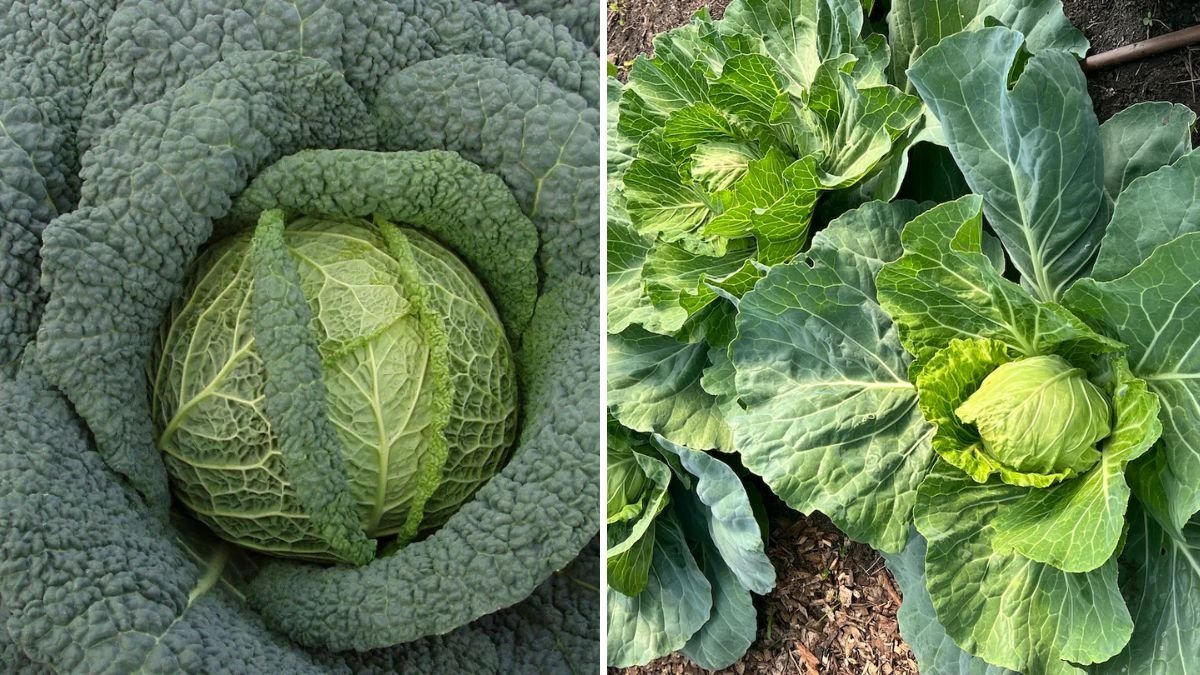





Leave A Comment